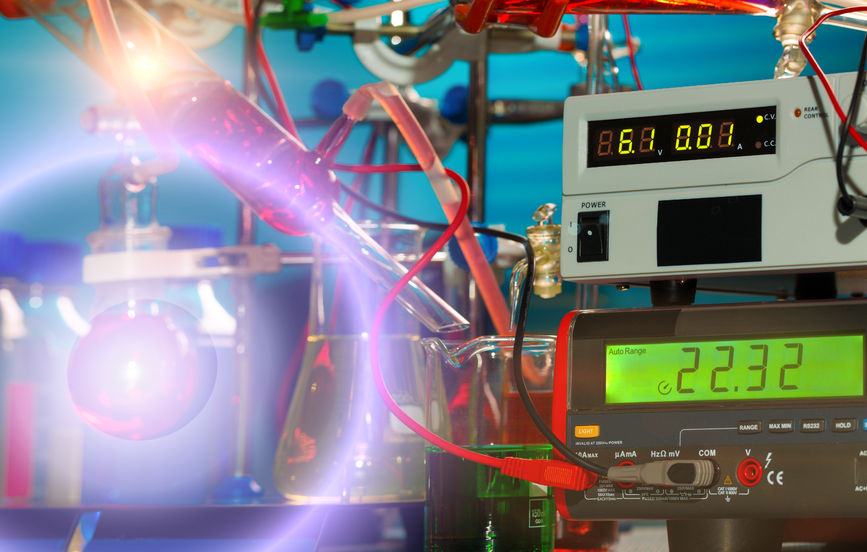 Andy Tay
Andy Tay
Biomedical engineering is a highly interdisciplinary field that integrates knowledge from physics and chemistry to solve biological problems. Although it is becoming an extremely popular field and biomedical jobs are expected to increase substantially, due to its diverse research topics, many people do not fully understand what it comprises. This article is part of a series that explains the various subject matters within biomedical engineering. Through this series, I hope to improve public understanding of this field, and potentially help students who are choosing majors and contemplating graduate education make their decisions. This third spotlight is on biomaterials (see previous spotlights here).
What are biomaterials?
There are many types of everyday materials that quickly come to mind, such as plastic shopping bags, metal casings on smartphones, and ceramic tiles in houses. Biomaterials is basically a sub-field in bioengineering that tries to use materials for biological applications.
What are some biomaterials we have been using?
Metal bioelectronic implants
Currently, the most common metal implants are used to correct brain and heart disorders. For instance, a metal device is implanted in the brain for procedures such as deep brain stimulation. The idea is to leverage metal's high electrical conductivity to propagate electricity and affect the action potentials in neurons. Although this procedure has been performed since the late 1700s, the exact mechanism is still unknown. One other common metal implant is pacemakers for hearts. As the name suggest, this device helps stabilize the heart's beating rhythm. Due to the use of metals, patients with pacemakers sometimes have problems going through metal detectors, which are powered by electromagnetic waves that might interfere with pacemaker function.
Ceramics for bone and teeth implants
Ceramics for bone and teeth implants is probably one of the oldest uses for biomaterials, after metals. The advantages of ceramics, such as high durability, relative inertness, and mechanical compatibility, make them suitable for use in bone and teeth applications. L.L. Hench reported in 1969 that some types of ceramics could bond very well to living bone and facilitate bone recovery. His work pioneered a new field known as bioglass/bioceramics.
Hydrogels
Hydrogels are jelly-like materials that contain mostly water. They are usually synthesized with various polymers to create 3D cross-linked networks to trap the water. Due to their high flexibility and tunable properties (e.g. mechanical strength), hydrogels have found diverse biomaterial usage. Some applications include scaffolds for tissue engineering, drug carriers, environmental sensors, and anti-microbial applications.
Nanoparticles
Nanoparticles refer to particles around 100-1,000 nanometers. The idea of nanoparticles was first conceived by Professor Peter Paul Speiser in the 1960s for vaccination purposes. Originally, research in nanoparticles was encouraged to produce nanoelectronics. While research in this area did not take off until recently, it boosted the use of nanoparticles for biomedical applications. Due to their small size, nanoparticles have been used to deliver drugs across the blood-brain barrier for magnetic resonance imaging, and to exert forces to investigate mechanobiology, among other applications.
What are some cool projects in biomaterials?
New generation of bioelectronics
While traditional bioelectronics make use of metals, due to advents in nanoelectronic fabrication, scientists have managed to create smaller and more biocompatible bioelectronics. Using flexible nanowires, scientists have demonstrated the application of chronic neuronal recording. There are also many wearable technologies using nanoparticles as bioelectronic materials for prosthetic electronic skin. Google’s contact lenses also utilize nanoelectronics for detection as glucose sensors.
Biomaterials for regenerative medicine
Scientists have found that the mechanical and chemical environments of cells are essential for them to proliferate and grow. Using biomaterials with tunable properties, several groups have demonstrated the ability to coax stem cells to differentiate into desired lineages for treating neurodegenerative diseases such as spinal cord injuries.
Opportunities
- The Materials Research Society gives out generous prizes/fellowships for its members and conference attendees. The organization even helps faculty develop introductory teaching modules on the impact of materials on society.
- The Institute of Bioengineering and Nanotechnology in Singapore recruits student interns year-round. Some of their projects include using nanoparticles for anti-cancer purposes, anti-fouling polymers for medical implants, and peptide hydrogels for tissue engineering.
Quartzy is the world’s No. 1 lab management platform. We help scientists easily organize orders, manage inventory, and save money. We’re free and always will be. Visit Quartzy.com or reach out at info@quartzy.com.
Interested in writing for The Q? Send us an email!
Share this:

Andy Tay
Andy Tay is a graduate student in the University of California, Los Angeles and an instructor in the National University of Singapore. His research focuses on magnetic neural stimulation and magnetotactic bacteria. He enjoys science communication and using the gym in his free time.
